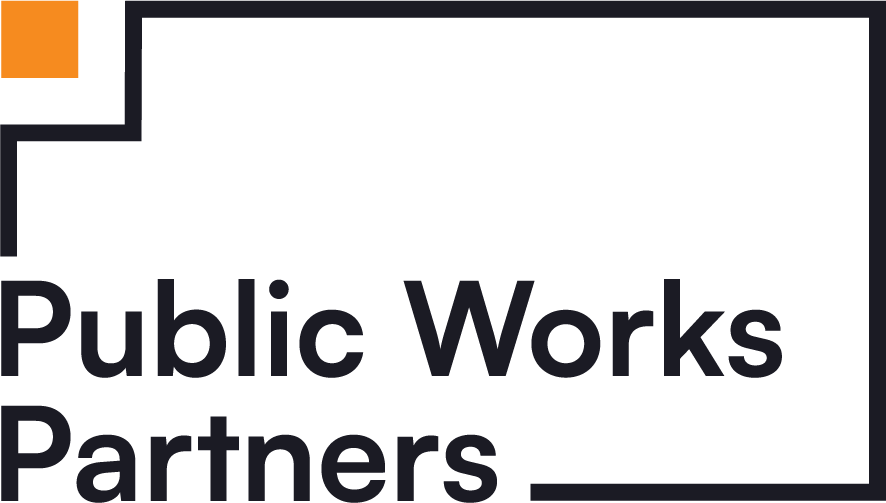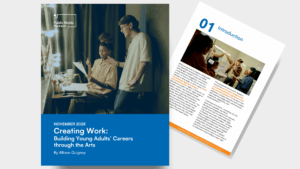By Public Works Partners Senior Manager Alex Fiorille
Working tirelessly to do the most with the least in order to build and uplift your community is just part of the job for many nonprofits. Even the scrappiest mission-driven organizations are finding themselves wading into an increasingly uncertain funding environment. A recent survey by The New York Council of Nonprofits found that over two-thirds of statewide nonprofits are increasingly concerned about funding their basic operations.
The impulse may be to get reactive, throwing everything at the wall in the hopes that something sticks. This can come at the expense of those we serve who need us now more than ever. When your community is on the line, it’s even more important for nonprofits to pause, breathe, and look to their organization’s lodestar – the mission – for clarity of vision and strategic direction.
Here are some steps nonprofits can take to re-ground their mission.
1. Go Back to Basics
Even the most disciplined boards are vulnerable to mission creep. Swayed by a particular donor or funding opportunity, nonprofits add programs or services that push their work beyond their central mission and the communities they serve. This can strain internal capacity, budgets, and, eventually, diminish your organization’s brand in the eyes of donors and constituents.
Tough economic times can be a moment of opportunity to simplify and clarify your work, ensuring programming is laser-focused and high-impact. A board retreat can offer space for the board and executive leadership to collaboratively assess the mission in relation to programs and develop strategies for increased programmatic focus.

2. Assess Your True Impact
Too many organizations rarely, if ever, take the time to understand whether their programs are meeting their mission. While impact assessment activities can feel like a nice-to-have, they are vital tools for programmatic health that need not be time or resource-intensive.
Program surveys are an easy and effective way to collect large amounts of quantitative data from the people you serve and the staff who serve them. When done regularly, surveys can be a powerful tool for analyzing trends, allowing leadership to see how impact changes over time.
Quantitative insights only tell half the story. Embedding opportunities for participants and staff to reflect on your programs, either through interviews or individual and group reflection activities, can provide rich insights into your programs’ impact toward your mission. Nonprofits can think creatively about collecting qualitative input that will offer honest feedback and invaluable insights that can be used for assessment.

3. Meet The Current Moment
The world is constantly changing: new policies, administrations, and unforeseen events all have the potential to affect a nonprofit’s mission. Nonprofits facing uncertainty should resist the urge to scrap their mission, and instead use it as a moment of opportunity to reground their mission in the face of the unknown.
When COVID-19 hit in March 2020, many nonprofits had to make a quick shift to respond to an ever-changing crisis while continuing to serve their communities. You can’t predict everything, but you can strategically assess the information you do have to make smart choices for your mission and your community.
A SWOT (strengths, weaknesses, opportunities, and threats) analysis is a quick and powerful tool for understanding how your organization is situated within new and changing conditions so that you can effectively respond.

A nonprofit’s mission is only as strong as its team’s ability to meet it each and every day. There’s no better time than tough times to reconnect with what sparked your mission in the first place, because clarity and focus fuel endurance and resilience. These steps can help you and your organization weather any storm





